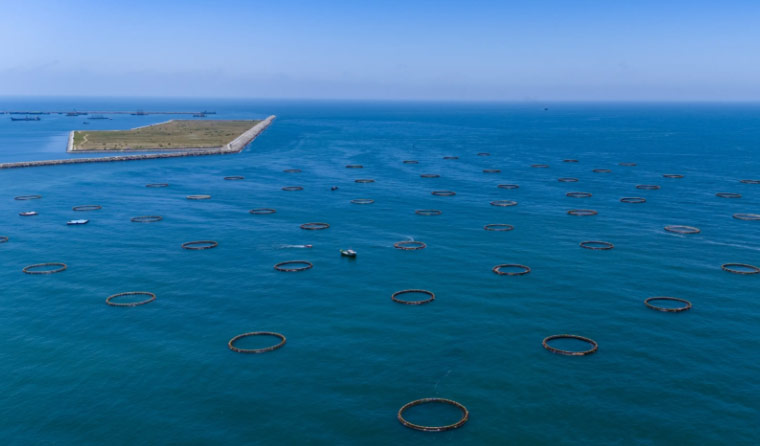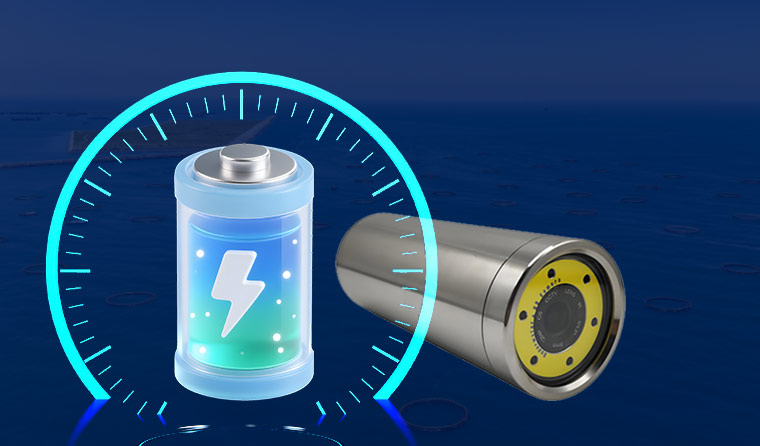How to Evaluate the Battery Life of Underwater Aquaculture Cameras
Hits: 298 Time: October 09,2025

To determine the battery life of an underwater aquaculture camera, you can follow these steps:
-
Battery Capacity: Battery capacity is usually measured in mAh (milliampere-hours) or Wh (watt-hours). Generally, a larger capacity indicates theoretically longer battery life. For example, a camera with a built-in 6,000 mAh battery will have a longer battery life than one with a 4,000 mAh battery under the same power consumption.
-
Battery Type: Different types of batteries have varying performance. Lithium-ion batteries, for instance, offer high energy density, light weight, and low self-discharge rate. Compared to nickel-cadmium (Ni-Cd) and nickel-metal hydride (Ni-MH) batteries, they can provide more stable and long-lasting power support.
-
Power Consumption in Operating Modes: Cameras consume different amounts of power in different operating modes. For example, 4K high-definition (HD) recording mode consumes more power than 720P standard-definition (SD) mode. Enabling features like fill lights and wireless transmission also increases power consumption. If a camera uses 15W of power in 4K resolution but only 10W in 1080P resolution, it will have a longer battery life in 1080P mode with the same battery capacity.
-
Standby Power Consumption: Some cameras still consume a certain amount of power even in standby mode. Cameras with low standby power consumption can better preserve battery life when left powered on but not in use for extended periods. For example, cameras with a sleep mode can reduce power consumption by up to 900 times, effectively extending battery life.
Manufacturers typically provide battery life data for their cameras under specific conditions, such as continuous recording time and intermittent recording time. Although these data are tested in laboratories or controlled environments and may differ slightly from real-world use, they can still serve as a preliminary reference for comparing the battery life of different cameras. For example, a camera may be labeled as having a 4.5 AH battery, which can last approximately 6 hours of continuous use and 8 hours of total standby use on a single charge.
In real-world use, the battery life of a camera is affected by environmental factors. For example, in low-temperature environments, battery activity decreases, and the actual battery life may be reduced by more than 20% compared to normal temperatures. In environments with strong water currents, the camera may need to consume more power to adjust its position and maintain a stable shooting angle, thereby affecting battery life.
Read reviews from other users to learn about the camera’s battery performance in real-world use. Additionally, professional review organizations or individuals may conduct actual tests on the camera and provide battery life data that is closer to real usage. This information also helps in evaluating the battery life of the camera.
Do you want me to help you translate other related documents, such as product specification sheets for underwater aquaculture cameras? This will make it easier for you to compare parameters when selecting international camera models.
For more information about underwater aquaculture camera, please visit the homepage.

